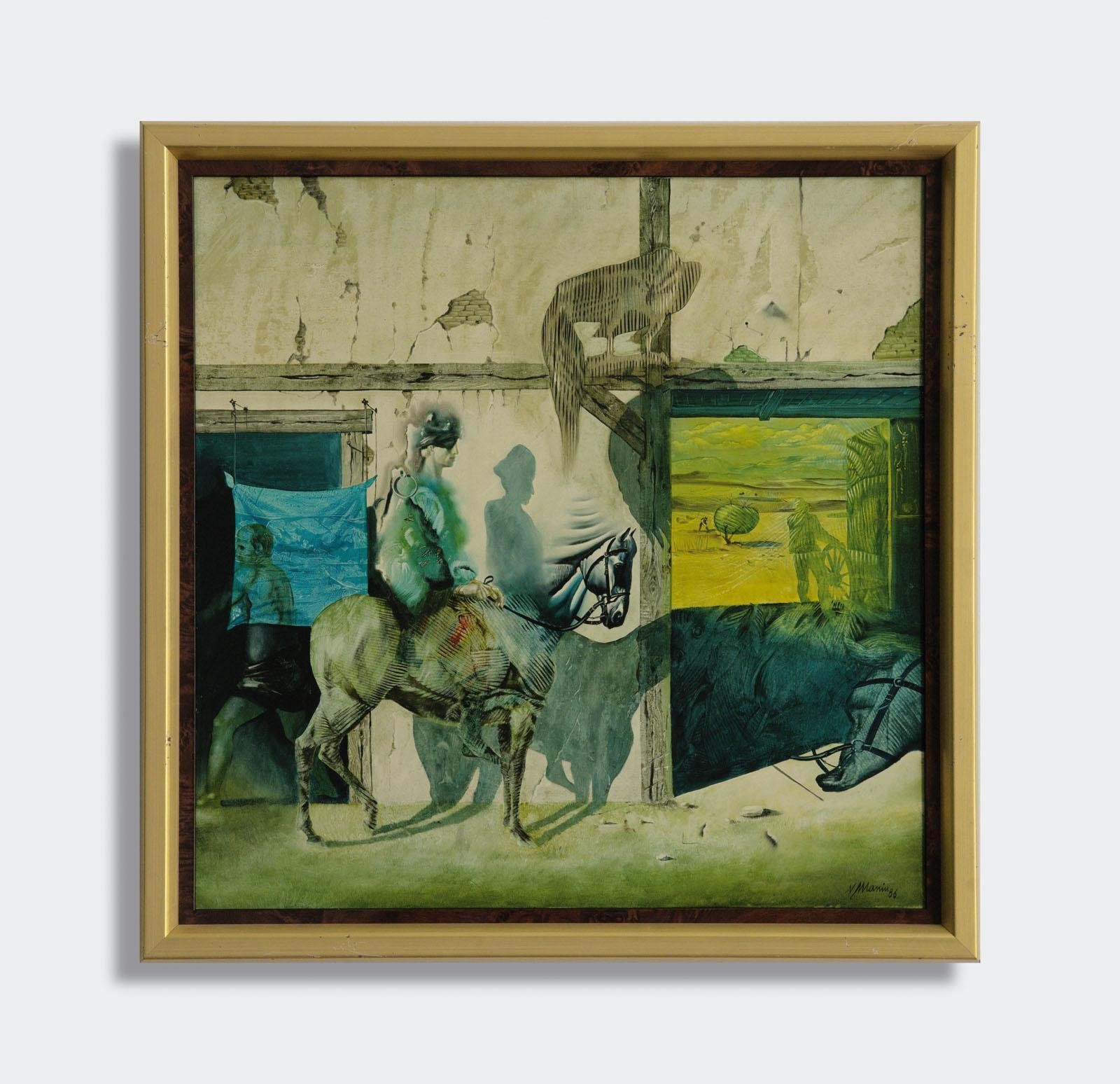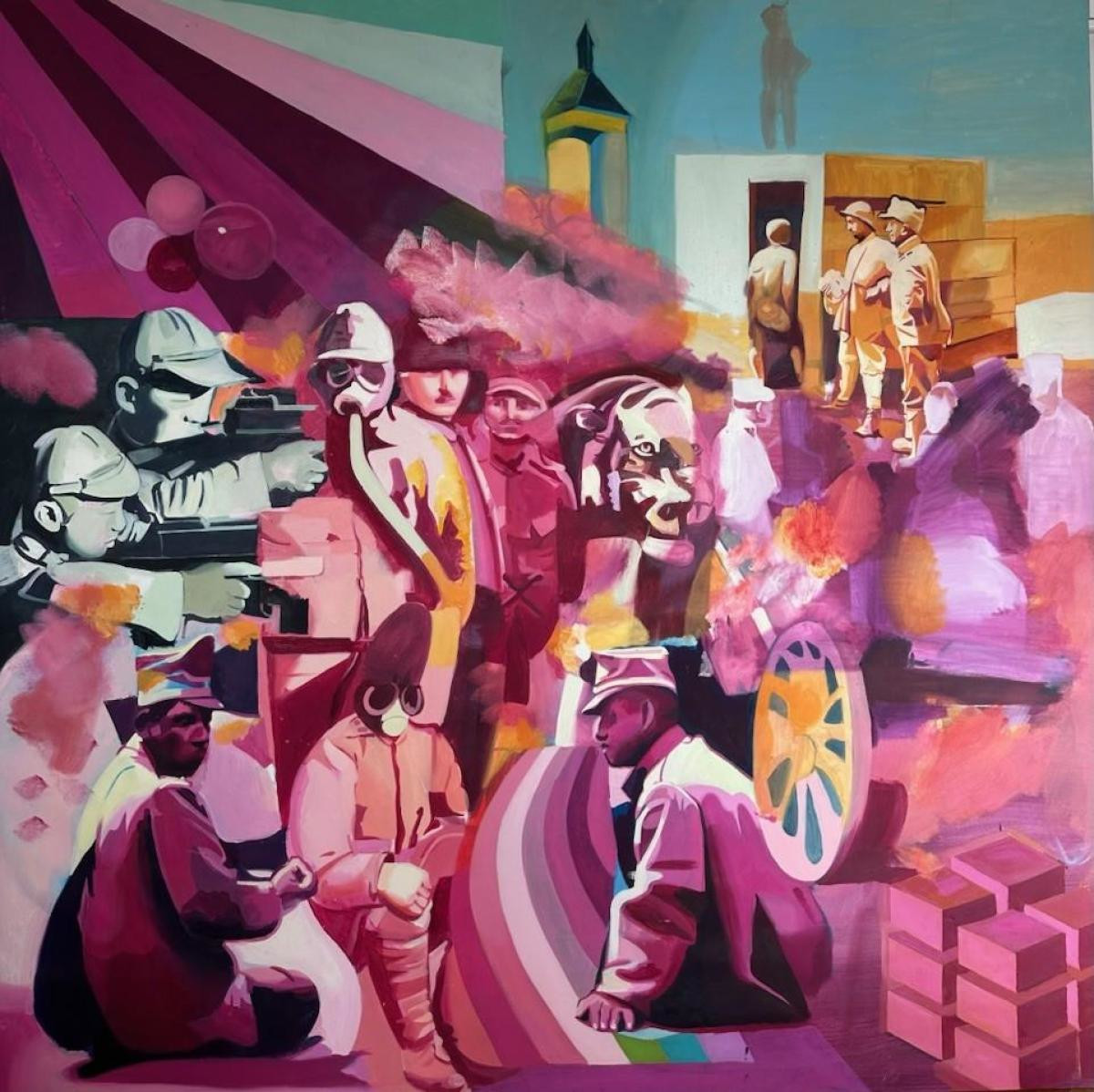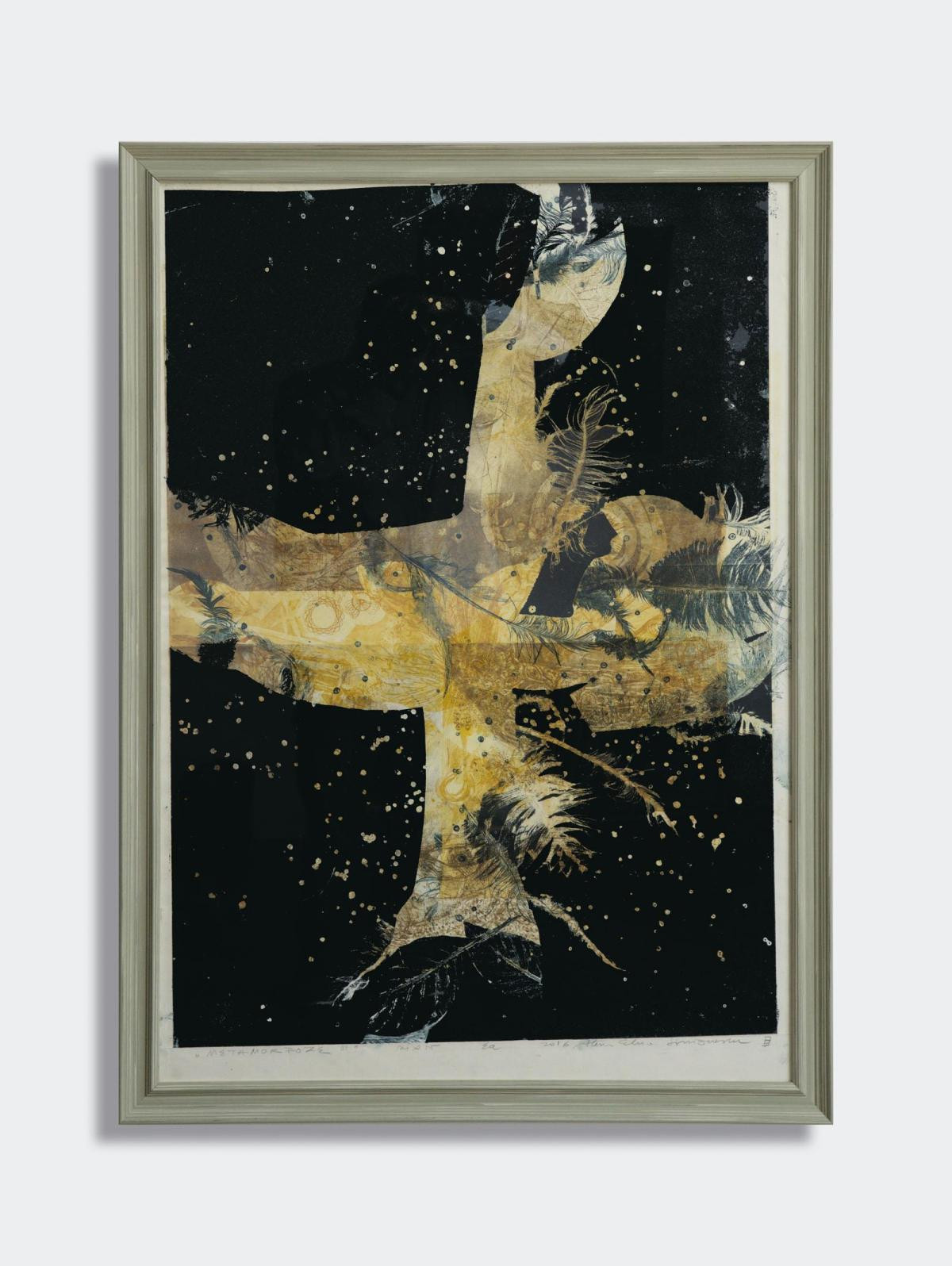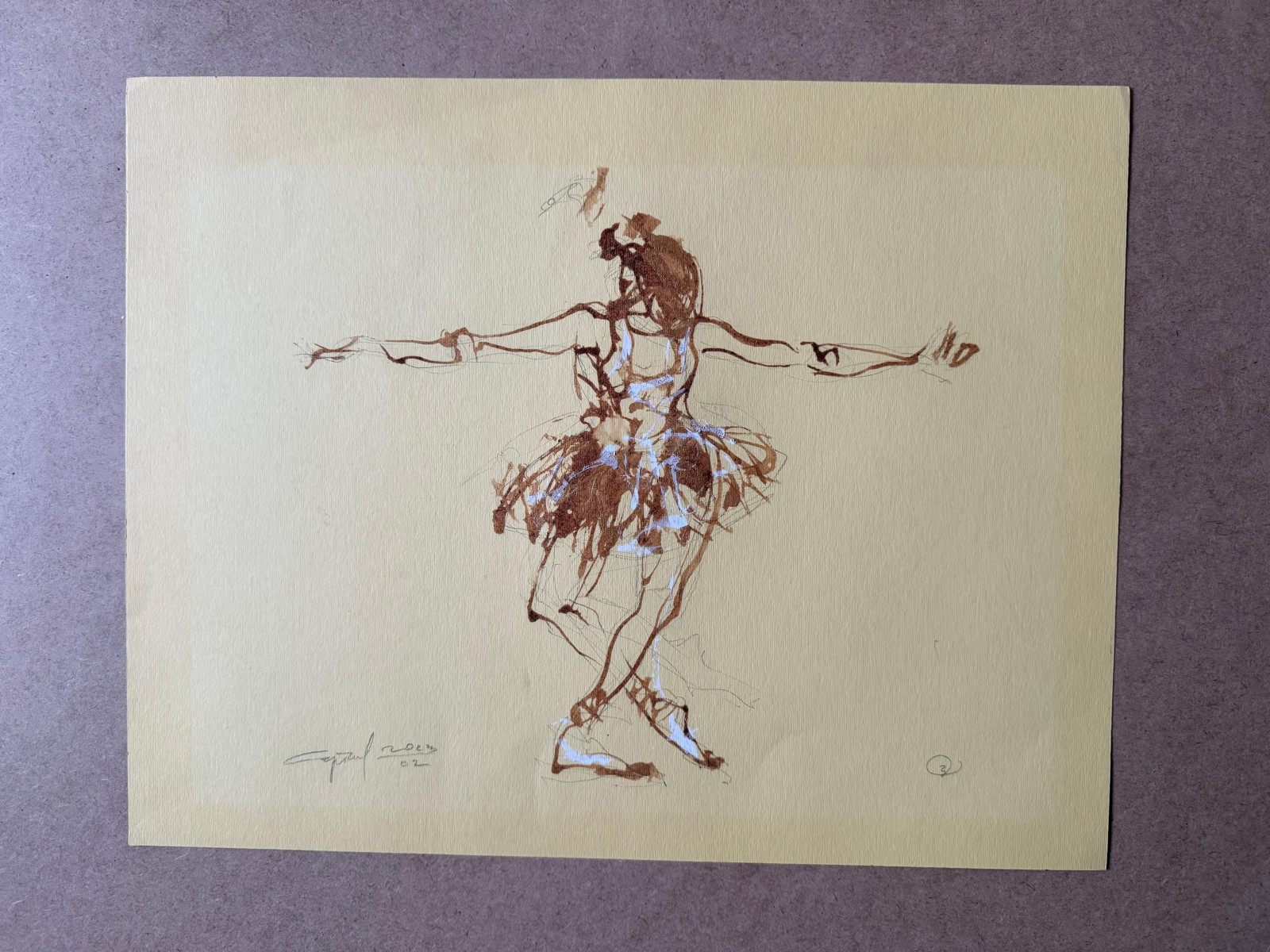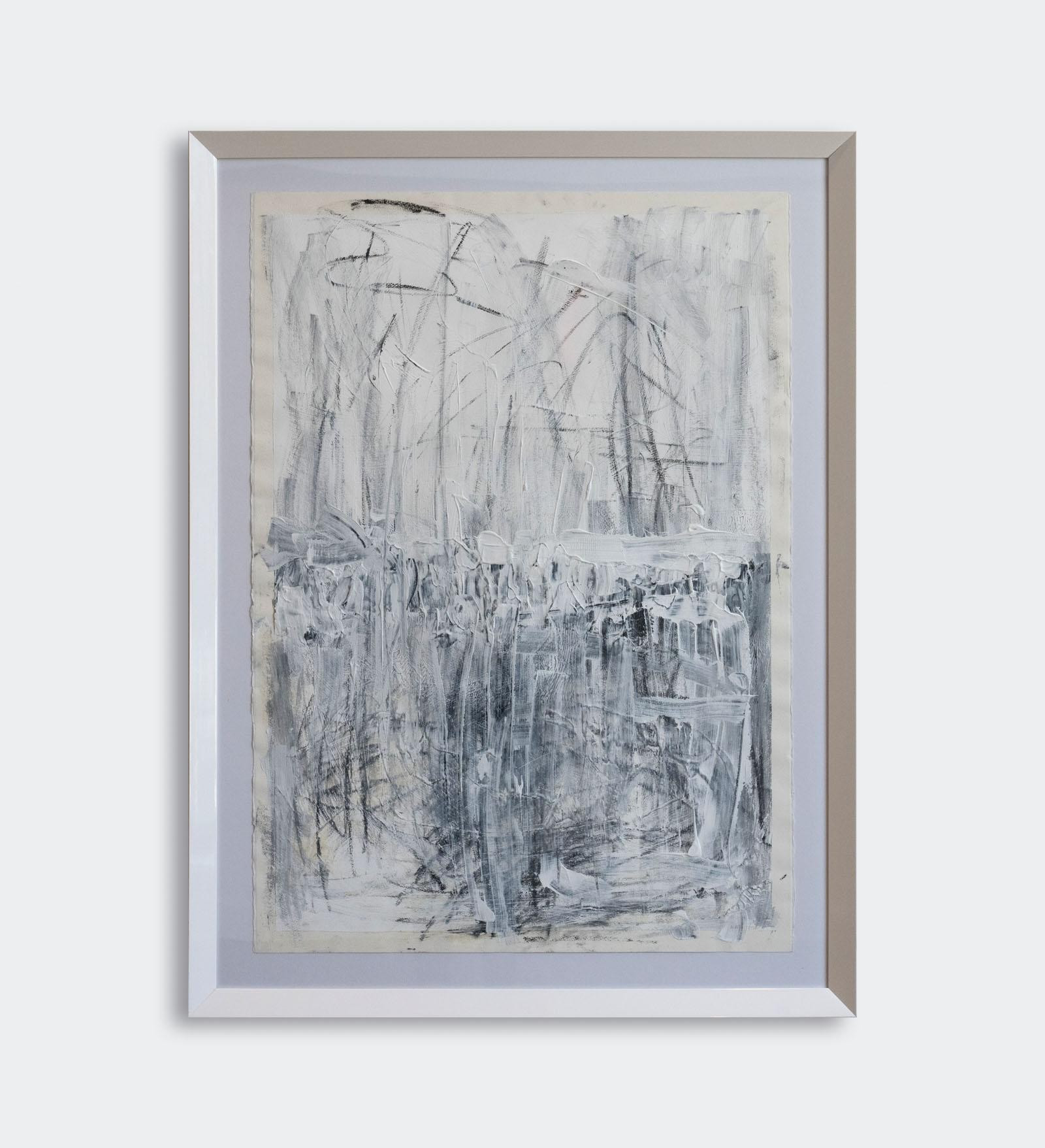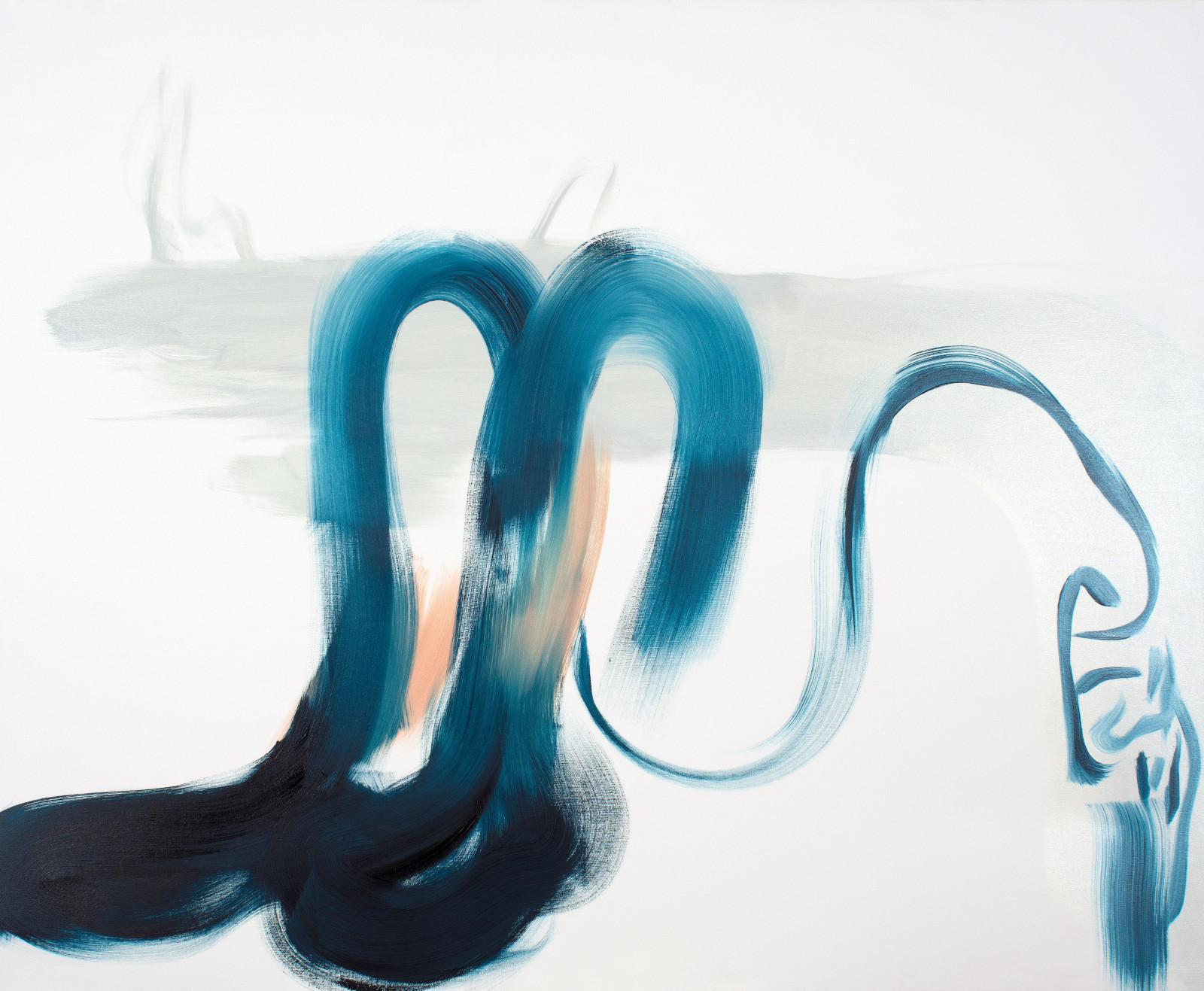
Béla Kádár
Béla Kádár (1877–1956) was born on April 7, 1877, in Budapest, into a modest Jewish family. After the death of his father, he had to work from a young age, having completed only six years of primary school. Initially, he was an apprentice iron caster, but his passion for art led him to pursue an artistic career. In 1899, he began his studies at the Academy of Fine Arts in Budapest and won the Kohner Prize in 1910.
In 1910, Kádár traveled to Paris and Berlin, where he came into contact with European avant-garde movements, including the German group Der Blaue Reiter. This influence was reflected in his work, which combined expressionism with elements of cubism, futurism, and neo-primitivism.
In 1923, he held his first major exhibition at the “Der Sturm” Gallery in Berlin, organized by Herwarth Walden, a supporter of the German avant-garde. During this exhibition, Kádár met Katherine Dreier, who organized two exhibitions of his work at the Brooklyn Museum in New York, in 1924 and 1928.
His artistic style evolved from strong expressionism to a more romantic and lyrical approach in the 1920s and 1930s. His works, executed in gouache, watercolor, and ink on paper, are characterized by vibrant colors and simplified forms, inspired by the lives of peasants and Hungarian folklore.
During the Nazi regime, his works were labeled as “degenerate art.” In 1944, he was imprisoned in the Budapest ghetto, and his family were victims of the Holocaust.
After World War II, Kádár continued to exhibit his work in various galleries and museums across Europe and the United States. He held solo exhibitions in cities such as Munich, Milan, London, Frankfurt, and New York.
Béla Kádár passed away in 1956 in Budapest, leaving behind a valuable artistic legacy that reflects both Hungarian folk traditions and European avant-garde influences.

